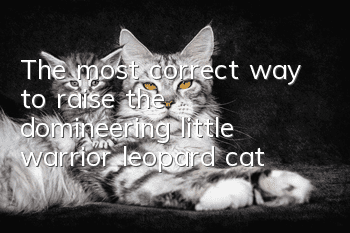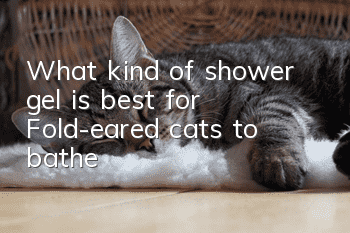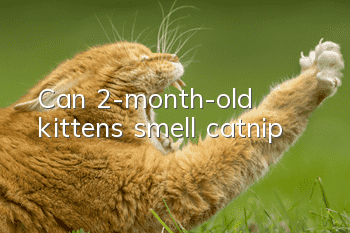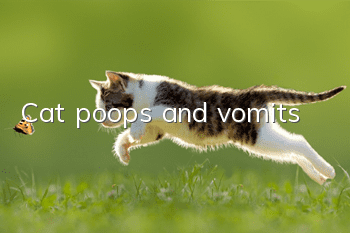The most correct way to raise the domineering little warrior leopard cat

Ocelots rarely appear in our lives. This is also because human hunting has led to a sharp decline in the number of ocelots. It has been internationally listed as one of the rare animals in the world. However, ocelots are the same as other mammals after being cultivated and domesticated. It is also an ornamental animal, but we cannot raise leopard cats like ordinary cats. Therefore, before raising leopard cats, we must first understand the feeding methods and some living habits of leopard cats.
Life habits
Habitat: Leopard cats mainly inhabit mountainous forest areas, suburban shrubs and near forest edge villages. The distribution altitude ranges from low-altitude coastal areas to high mountain forest areas with an altitude of 3000m. They are most abundant in semi-open savanna and shrubland habitats. They are less abundant in dense virgin forests, cultivated artificial forests (such as rubber forests, tea forests, etc.) and open plain agricultural lands, and are almost non-existent in arid deserts and sand dunes.
Food habits: Mainly feeds on rats, squirrels, flying squirrels, rabbits, frogs, lizards, snakes, small birds, insects, etc. It also eats berries, banyan fruits and some young leaves and grasses, and sometimes sneaks into villages to steal food. Chickens, ducks and other poultry.
Habits: Most of their burrows are in tree holes, soil holes, under rocks or in rock crevices. The size of the ocelot's nest is large. The ocelot is mainly ground-dwelling, but has strong climbing ability and can move flexibly in trees. Nocturnal, more active in the morning and evening. Live alone or in pairs. It is good at swimming and likes to move and forage near water such as ponds, creeks and rice fields.
Population: Leopard cats are widely distributed in China and have large resources. They are one of China’s traditional fur exports. In the 1960s and 1970s, China purchased approximately 200,000 to 250,000 leopard cat furs annually, and the national leopard cat resources were estimated to be no less than 1 million. After the 1970s, the number of leopard cats in most provinces and regions declined, and some provinces and regions (such as northern and northern China) The leopard cat in East China has almost become an endangered species; after 1980, the annual acquisition volume is about 1/2-1/3 of that in the 1960s. Lu Houji and others once counted the number of acquisitions in six provinces and regions in southern China (Yunnan, Guizhou, Guangxi, Hunan, Hubei, and Jiangxi) from 1955 to 1981. In the mid-1960s, the annual acquisitions in the six provinces and regions in 1964 and 1965 were 22.2 and 2, respectively. 172,000; in 1978 and 1979, it was 126,000 and 141,000 respectively. In the mid-1980s, China's annual purchase of leopard cat skins remained at around 150,000-200,000 pieces. China's inventory of leopard cat skins from 1989 to 1990 amounted to more than 800,000 pieces.
1. Breeding methods
Leopard cats should be kept alone or in pairs in pens.
- What is a cat’s territory? How do cats determine their territory?
- When should a cat start training to use cat litter? Teach you how to train a cat to use cat litter!
- Does a cat have a sensitive sense of smell?
- How to clean your cat’s ears?
- What to do if bitten by a cat. Treat immediately to avoid infection and inflammation.
- What is the personality of a Ragdoll cat? Do you know it?
- Why do American shorthair cats need to be neutered?
- What is the best age to neuter an Isle of Man tailless cat?
- Why aren’t many people keeping Highland cats?
- How to raise a Canadian hairless cat?



